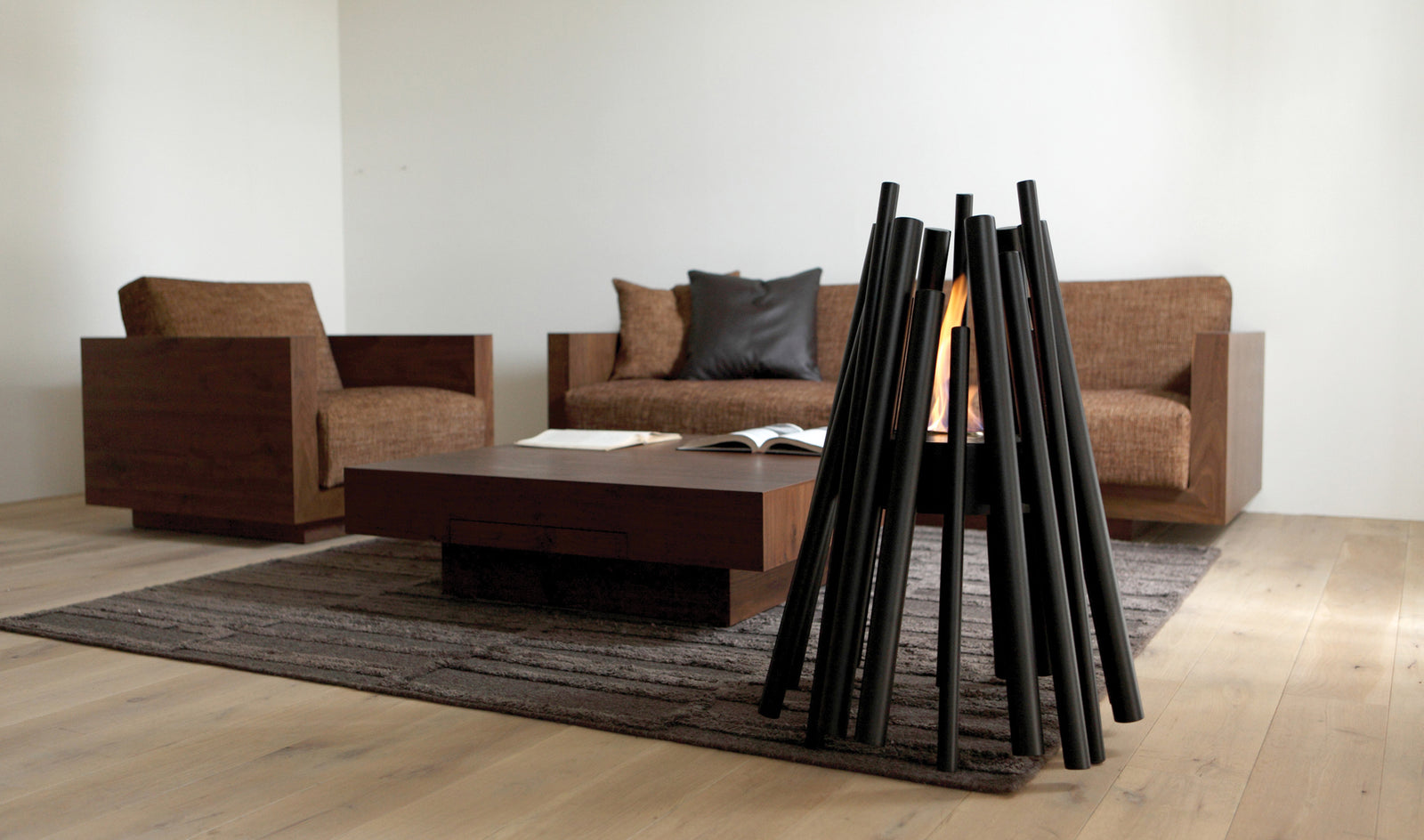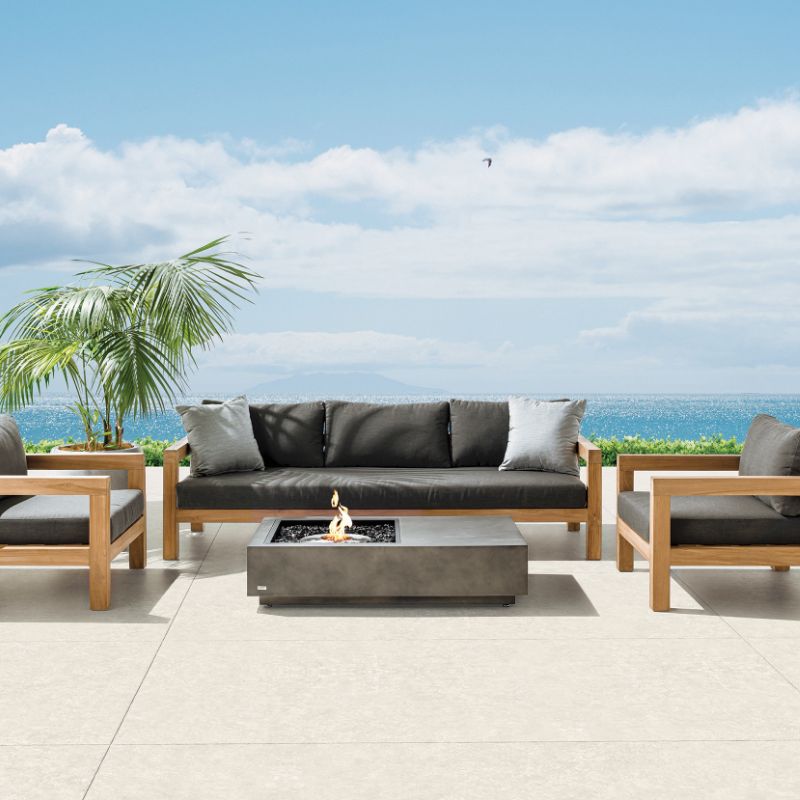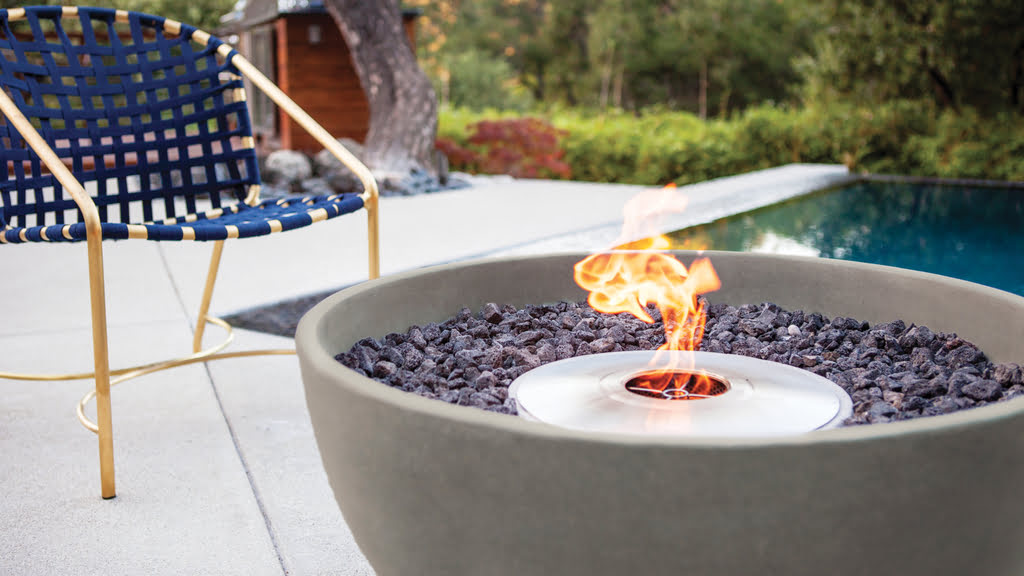Considering how cold it can get in Australia, you might be worried about staying warm during the winter months.
Fortunately, with radiant heaters, you can stay warm. In this article, we’ll review everything you need to know about these types of heaters.
Finally, you can get the right heater for you, keeping your home warm so you can feel cozy at home during the cold winter months. Read on to learn more.
What Is a Radiant Heater?
To understand what a radiant heater is, we first have to go into what radiant heat is. This type of heat radiates from a central source. In the case of a radiant heater, the heat is radiating out from the heater unit.
The different energy types that radiant heaters use as sources to generate heat include water (hydroponics), solar power, electricity, and air.
The Difference Between a Radiant and Convection Heater
While we’ve defined what a radiant heater is, we can make it a bit clearer by exploring the difference between a radiant heater and a convection one. This way, you can understand the different categories and how they relate to each other.
A radiant heater, unlike a convection heater, will first generate its heat internally. Then, once it has generated the heat, it will radiate it in the direction of nearby objects and persons.
A convection radiator, on the other hand, uses an internal mechanism (a blower or fan, usually) to blow the heated air out into a room. The radiator does this until it has raised the whole room’s temperature.
How Radiant Heaters Work
When a radiant heater is working, it first produces infrared radiation. Then this infrared energy travels in invisible electromagnetic waves. When these waves hit objects or people, they warm them. This is how the heat from the sun works when it warms you up with its electromagnetic waves.
There are two different ways that radiant heaters will produce this heat. One of these ways is with gas.
When a radiant heater uses gas, it has a mixture of gas and air that it ignites with an electrode that’s at the surface. The flame will heat the tube.
As the temperature rises, the tube creates heat. Because of the waste fumes that the gas radiant heater emits into the air, there’s often a need for additional ventilation systems with gas radiant heaters.
The other way radiant heaters can work is with electricity. Electric radiant heaters run electricity through coils made of metal.
These coils will be inside a space heater, in the floor, or on the ceiling. Then, the radiant heater will direct the radiant electric heat to the place where it’s required.
Radiant Heater Characteristics
If you’re thinking of getting a radiant heater, it’s important to know what its characteristics are. First of all, when you stand directly in front of one, you’ll feel warmer immediately when the heater is turned on. When it’s turned off, you’ll feel immediately cooler.
Second, the only surfaces that will be heated by the radiant heater are those that are in its direct line of sight.
Third, even though the air isn’t warmed directly, it will end up warming up through the contact it has with surfaces that have been heated.
Fourth, as the surface comes closer to the heater, heating intensity increases.
Models of Radiant Heaters
There are four different radiant heater models. One of them is the wall-mounted radiant heater. This type is relatively new in the marketplace and has special advantages. These advantages are that it’s slim and doesn’t take up any of your floor space.
Additionally, the radiant heat that comes off of them is more balanced from toe to head.
(Have you ever been next to a radiator and noticed that your feet got pretty hot? That’s what we’re talking about here; with a wall-mounted radiant heater, the heat radiates more evenly.)
Another type of radiant heater model is the permanent floor radiant heater. This heater type is directly underneath your floor surface. One of the places where people often install this type is the bathroom.
This is because tiles in the bathroom can get cold, and uncomfortably so in winter.
The third type of radiant heater is the permanent ceiling radiant heater. With this type, the panels are attached to your ceiling. The radiant heat will radiate down from it toward the people beneath it.
The fourth type of radiant heater is the free-standing floor space one. This type is usually smaller than the others, making it easier to move from room to room. It can also be useful for heating very small spaces.
Uses of Radiant Heaters
There are many uses for radiant heaters. These include short-term room occupancy (like making a quick drink in your kitchen or using a bathroom), when you need warmth immediately, and in rooms that have a thermal mass.
A radiant heater can also be useful if you’re in a room of a large size. For example, if you’re in a room that has a high ceiling or that’s long, you can provide the occupants with heat directly.
You can also use this type of heater to cause fast or high airflow from a cooler space or from one that’s outside. Examples of such spaces include decks, basements, and garages.
Radiant heaters are also useful for battling high transmission heat loss, with the loss occurring through the ceiling, floor, or walls.
For example, if you have a conservatory, the heat might rapidly escape through the window walls. You could use a radiant heater to allay this.
You can also use radiant heaters in situations where there’s high humidity. In these rooms, there might be surfaces that you want to clear of condensation.
An example of this would be a bathroom after you’ve taken a shower.
Finally, a radiant heater is useful in a room where the occupants are very mobile and active when in it. For example, someone working in a garage or doing aerobics might benefit from using a radiant heater.
The Benefits of Radiant Heaters
Radiant heaters have many benefits. One of these is that they save energy because of the low air exchange rate. Think about it this way: when a radiant heater is heating people and objects, it isn’t heating the air (like a convection heater would).
Therefore, it doesn’t have to consume as much energy as it would be were it to have to heat the entire room.
Less Irritation
Another benefit of radiant heaters is that they cause less irritation than convection heaters do. When a convection heater is working, it’s using a fan or blower to spread the heat into the room. As a result, it can cause dust (and other particle types) to fly around.
This can be a problem for anyone who has asthma or allergies. With a radiant heater, this doesn’t occur.
The Benefits of the Heatscope Heater Brand
If you’re interested in buying a radiant heater, the Heatscope heater brand is a great choice. First of all, their heaters are incredibly efficient. The company has developed all their PURE 3000W, SPOT 2800W, and VISION 3200W heaters in accordance with the most recent findings regarding the mid-wave IR range.
As a result, 90% to 94% of the energy their heaters use up will be directly turned into ambient heat.
Another benefit is that Heatscope heaters is that they use real infrared. This heat is natural and falls into the IR range that is (fast) mid-wave.
This means the heat is effective, hitting exactly where it’s supposed to. It goes directly under your skin’s first layer, but it doesn’t go into the tissue too deep. This also means that it is particularly pleasant.
Heatscope heaters are also cosier and more inviting than other radiant heaters. These other heaters produce heat that’s a by-product, using light tubes to do so.
Heatscope heaters, on the other hand, use innovative carbon technology. Each of their heaters has two carbon spirals. These spirals are powered by an electric current.
When you use the heater, the spirals start to glow—and produce particularly pleasant warmth.
Additional Benefits
Another benefit of Heatscope heaters is that they’re super-fast. Even though they’ll start up slowly, in no time they’ll reach 100%. SPOT models will take only 15 seconds, while the PURE and VISION range models will take 30 seconds at most to reach 100% (this is because of the glass front).
You’ll also get full control when you use Heatscope heaters.
One option (which is output dependent) is to integrate a four-wire cable into a control system that’s external. The other option is to have an IR remote control.
You’ll also get minimum light with maximum heat. This is because of how the carbon fire elements become charged by the electric current.
They create a comfortable and soft heat while producing minimal light, keeping light harshness to a minimum. The PURE model provides a low, subtle glow that won’t change the colour of objects or a room’s lighting effect.
More Benefits
Heatscope heaters also have an award-winning design. You’ll get all the benefits of radiant heat without a heater that negatively distracts the eye. Their colours and modern, clean-cut designs will blend easily into any decor.
Another benefit that comes with Heatscope heaters is that the heat is noticeable in a matter of milliseconds. Within 15 to 60 seconds, the heat will reach 100%.
All the models are also weather-resistant. They have an IP rating that certifies that they have protection against wind, splash-water, and dust.
Heatscope heaters also don’t give off a red light. This means that the heaters produce a modest, very ambient light that’s based on the double carbon heating elements. Additionally, they have high efficiency.
When it comes to how much of the heat is either transferred directly to surfaces or people for maximum efficiency or turned into ambient heat, the energy used is up to 94%.
Specific Benefits of the PURE Model
Some specific models come with benefits particular to them, as well. For example, with the PURE model, you have the option of directional heating.
This makes it possible for you to change, accurately and easily, the angle of the heater using the swivel joint. As a result, you can have precise heating.
This model also has a glass-ceramic curved screen. This glass will spread the warmth across an area evenly while minimising the emission of light.
It’s also easy to use, with one on/off switch and two output levels that are adjustable. You can also easily integrate it with Smart Home Systems.
Want to Learn More About Radiant Heaters?
Now that you’ve learned all you need to know about radiant heaters, you might want to learn more. Maybe you want help deciding which type you need or you’re looking for tips on how to install a radiant heater in your home.
Whatever information you need, we can help. At Outdoor Living Essentials, we’re experts when it comes to heaters.
We also know all about electric heater needs, heat panel uses, electric heater for outdoor options, outdoor electric heater options, and infrared heater options.
To learn more about the radiant heaters we sell, contact us now.




Ranveer Seth
November 13, 2022
Thanks so much for the in-depth wonderful article you turned out He re!